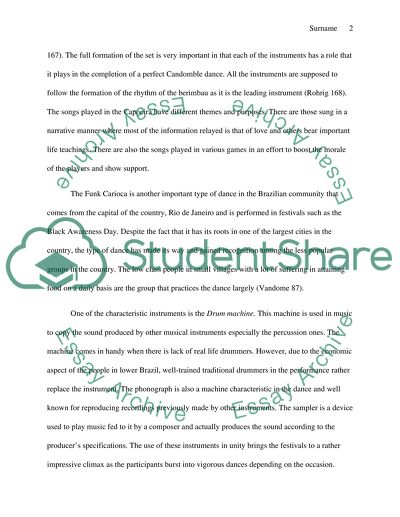Cite this document
(“Music in the Afro Brazilian Religion Candomble Research Paper - 1”, n.d.)
Music in the Afro Brazilian Religion Candomble Research Paper - 1. Retrieved from https://studentshare.org/music/1592956-music-in-the-afro-brazilian-religion-candomble
Music in the Afro Brazilian Religion Candomble Research Paper - 1. Retrieved from https://studentshare.org/music/1592956-music-in-the-afro-brazilian-religion-candomble
(Music in the Afro Brazilian Religion Candomble Research Paper - 1)
Music in the Afro Brazilian Religion Candomble Research Paper - 1. https://studentshare.org/music/1592956-music-in-the-afro-brazilian-religion-candomble.
Music in the Afro Brazilian Religion Candomble Research Paper - 1. https://studentshare.org/music/1592956-music-in-the-afro-brazilian-religion-candomble.
“Music in the Afro Brazilian Religion Candomble Research Paper - 1”, n.d. https://studentshare.org/music/1592956-music-in-the-afro-brazilian-religion-candomble.


